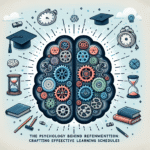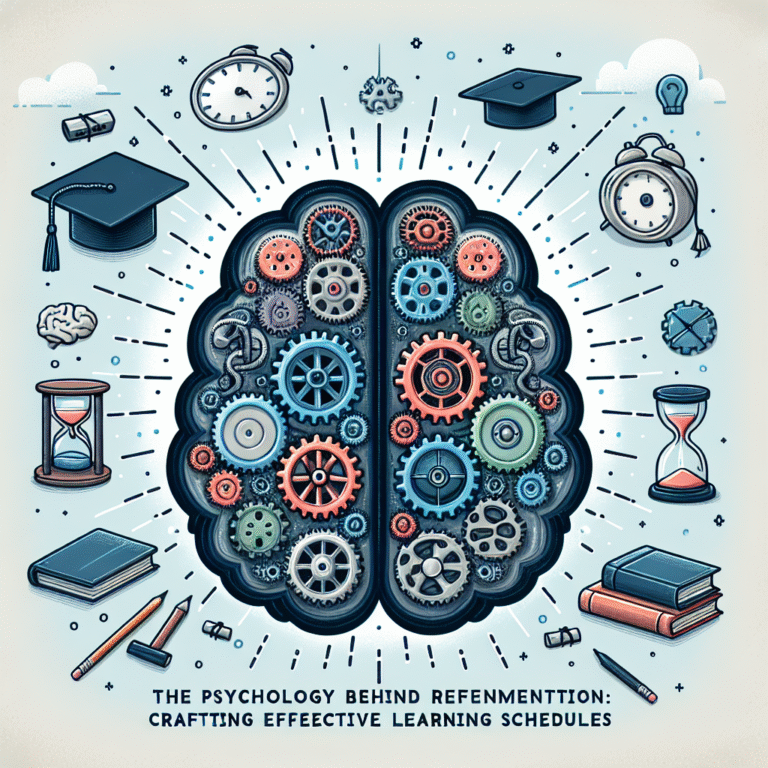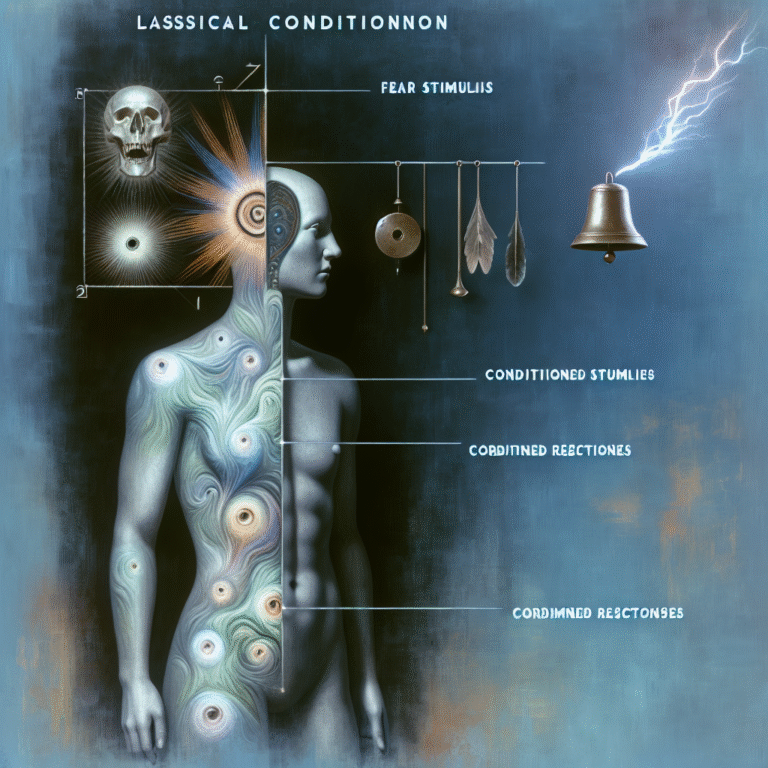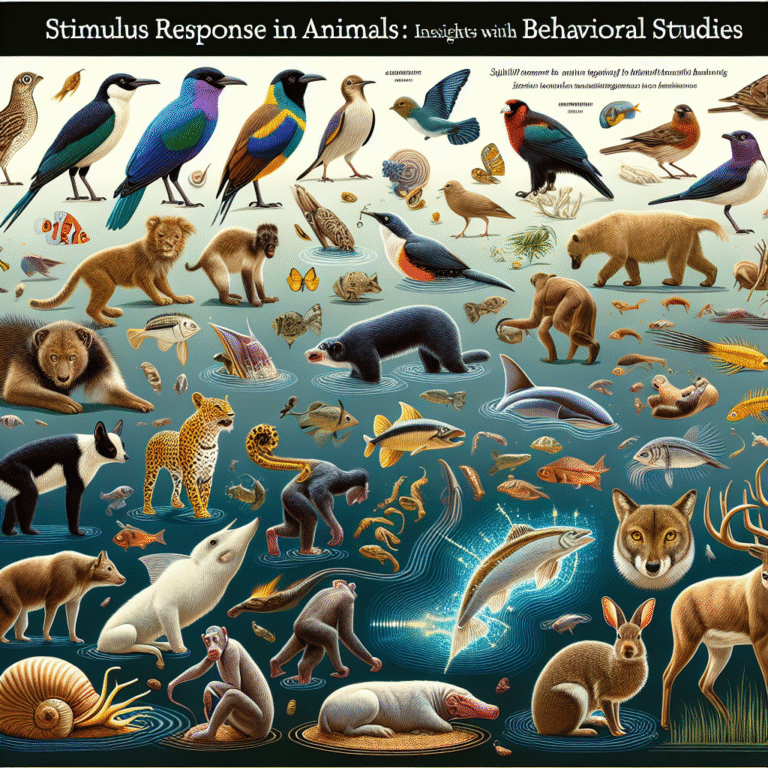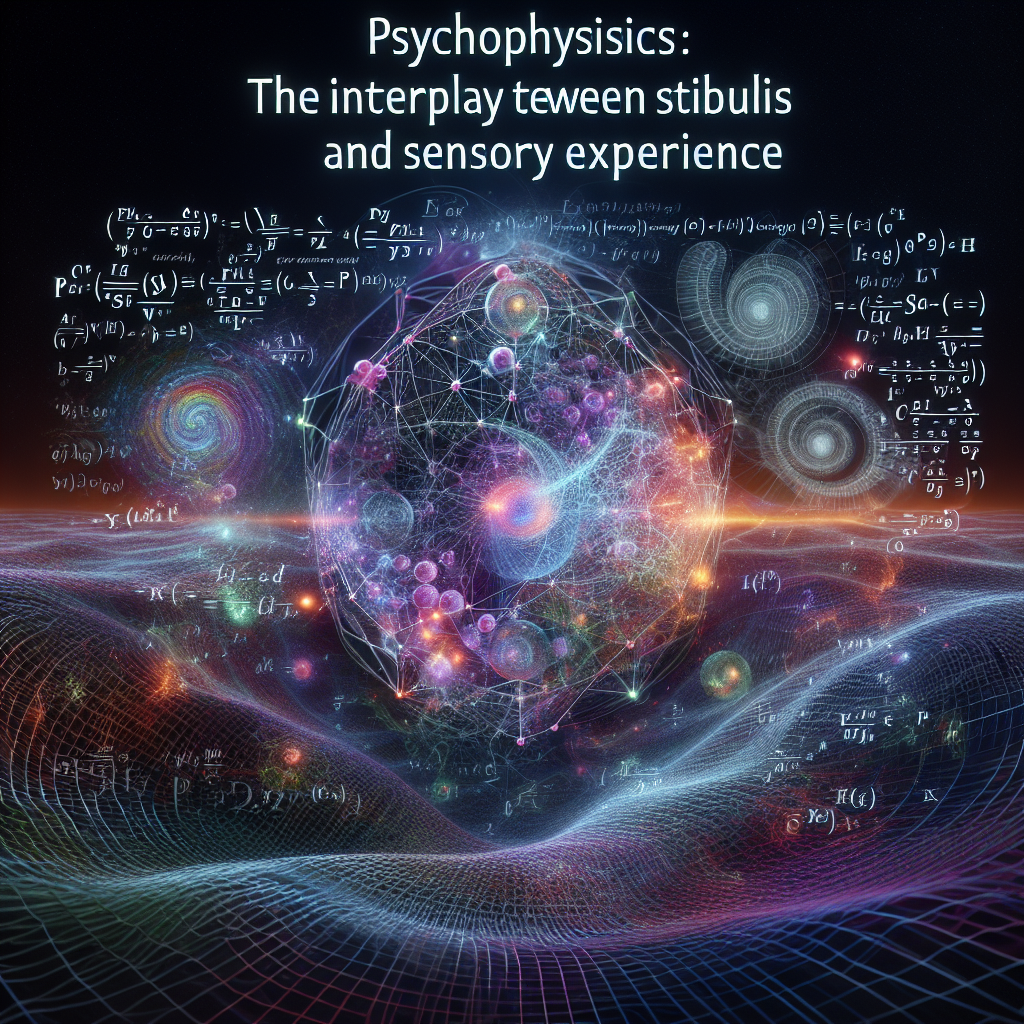
Introduction
Imagine savoring a piece of chocolate—its sweet, rich flavor melting in your mouth. You might think your experience is entirely subjective, embedded in your personal taste. But behind this seemingly simple pleasure lies a complex dance of psychology and physics that reveals much about human perception. Welcome to the world of psychophysics: the interplay between stimuli and sensory experience. This fascinating intersection elucidates how we perceive the world around us, guiding not only our personal experiences but also informing fields like marketing, design, and even mental health.
In this article, we will delve deeply into the intricate connections between sensory stimuli and our experiences of them. Using engaging case studies, tables for clarity, and an approachable yet informative tone, we’ll explore how psychophysics shapes everything from how we perceive light and sound to how we experience taste and touch.
What is Psychophysics?
The Foundation
Psychophysics is the branch of psychology that studies the relationship between physical stimuli and the sensory perceptions they provoke. Notable figures like Gustav Fechner and Ernst Weber laid the groundwork in the 19th century, establishing methods to quantify the sensations that stimuli elicit.
-
Gustav Fechner: Often considered the father of psychophysics, his work focused on measuring sensory experiences. He formulated Fechner’s Law, a principle stating that the perceived intensity of a stimulus increases logarithmically as the stimulus intensity increases.
- Ernst Weber: He introduced the Weber-Fechner Law, which highlights how discrimination between two stimuli is a function of the ratio of their differences rather than the absolute difference.
Why It Matters
The study of psychophysics is crucial for numerous fields. In marketing, understanding how consumers perceive product differences can lead to more effective advertising strategies. In mental health, knowledge about sensory processing can improve therapeutic approaches. This highlights the immense relevance of psychophysics: the interplay between stimuli and sensory experience.
The Basics of Sensory Processing
Key Concepts
-
Absolute Threshold: This is the minimum intensity of a stimulus that can be detected 50% of the time. For instance, the faintest sound a human ear can hear is about 0 decibels.
-
Difference Threshold: Also known as the just noticeable difference (JND), this concept involves the smallest detectable difference between two stimuli—commonly used in product testing.
- Sensory Adaptation: This refers to the diminished sensitivity to a stimulus after prolonged exposure. For example, if you enter a room with a strong odor, you may notice it less over time, even though the smell persists.
Chart: Key Concepts of Psychophysics
| Concept | Definition |
|---|---|
| Absolute Threshold | Minimum stimulus intensity detected 50% of the time |
| Difference Threshold | Smallest difference between stimuli perceived as different |
| Sensory Adaptation | Reduced sensitivity to a constant stimulus over time |
Real-World Applications
Case Study: Marketing and Consumer Behavior
Consider how companies use psychophysics to create effective advertising strategies. Coca-Cola, for example, relies on the principles of sensory perception to craft their product labels. Research indicates that consumers perceive beverages in different ways depending on their packaging colors, shapes, and even text layouts.
Analysis: This case illustrates how understanding sensory experience can significantly impact marketing strategies. By applying psychophysics, companies can create products that resonate more powerfully with consumers and enhance brand loyalty.
Case Study: Virtual Reality in Therapy
Virtual reality (VR) therapy has emerged as a groundbreaking application of psychophysics. In controlled environments, patients with PTSD or phobias are exposed to stimuli that provoke their fears in a safe context. The interplay of sensory experience and emotional response can help desensitize patients over time.
Analysis: This approach underscores the power of understanding sensory experiences, demonstrating that conditioning emotional responses through carefully crafted stimuli can be an effective therapeutic tool.
Sensory Experience in Daily Life
From the sweetness of chocolate to the warmth of sunlight, our everyday experiences are abundant with sensory stimuli. Below, we explore some practical applications of psychophysics in daily life.
Case Study: Culinary Arts
Chefs often use principles of psychophysics to enhance flavor experiences. For example, a dish’s taste is not only about its ingredients but also about its presentation, aroma, and even sound (think crunch!). The interplay between these sensory inputs can drastically alter the eating experience.
Analysis: This highlights the relevance of psychophysics in a highly experiential domain. An understanding of how sensory stimuli interact can elevate simple meals into culinary experiences.
Case Study: Music and Emotion
The field of music utilizes psychophysics to evoke emotional responses. Different intervals, rhythms, and sounds can elicit various feelings—joy, nostalgia, or sadness. This interplay is fundamental to understanding why certain pieces resonate with specific audiences.
Analysis: This case exemplifies how psychophysics applies not just to tangible objects but also to the abstract realm of sound and emotion. By harnessing the principles of sensory experience, musicians can forge connections with their listeners.
Measuring Sensory Experience
Techniques and Tools
Psychophysicists employ various techniques to measure sensory experiences, including:
- Method of Limits: Gradually increasing or decreasing stimulus intensity until the subject can perceive it.
- Method of Constant Stimuli: Presenting varying stimulus intensities randomly to measure responses independently of expectations.
- Adaptive Methods: Adjusting stimulus intensity in real time based on the subject’s previous responses.
Table: Common Psychophysical Methods
| Method | Description |
|---|---|
| Method of Limits | Increase or decrease stimulus intensity until perception threshold is reached |
| Method of Constant Stimuli | Present random intensities to assess detection rates |
| Adaptive Methods | Real-time adjustments based on subject responses |
The Science Behind Perception
Neurological Basis
Our sensory experiences are mediated by complex neurological pathways. For example, when light hits our retina, specialized cells convert it into electrical signals that our brain interprets as visual information. This process, however, is subject to numerous variables, including contrast, color perception, and surrounding stimuli.
The Visual System
Colors and shades are not merely properties of objects; they significantly influence our interpretation and emotional response. Color psychology, a branch intersecting with psychophysics, demonstrates that colors have the power to evoke specific feelings—red can incite passion, while blue tends to foster tranquility.
Sound Perception
The auditory system functions similarly, with frequency and amplitude playing crucial roles in how we perceive sound. The principles of psychophysics aid in understanding how ranges of frequencies impact our emotional states or perception of music complexity.
Exploring Flavor: The Multisensory Experience
Taste and Aroma
The experience of taste can often be attributed to a combination of flavor, aroma, and texture. Psychophysical research shows that these sensory inputs often blend, influencing how food is perceived. The phenomenon of flavor pairing exemplifies this interaction; combining certain flavors can enhance the overall experience.
Table: Factors Influencing Taste
| Factor | Influence on Taste |
|---|---|
| Flavor | Primary taste sensations (sweet, sour, salty, bitter, umami) |
| Aroma | Olfactory input that enhances flavor perception |
| Texture | Mouthfeel contributes to the overall sensory experience |
The Role of Individual Differences
Sensory Processing Sensitivity
People vary significantly in their sensory processing. Some individuals are highly sensitive, experiencing intense reactions to stimuli, while others may process the same stimuli more subtly. This variance can often be linked to genetic and environmental factors.
Implications for Psychophysics
Understanding individual differences in sensory processing helps tailor experiences in numerous fields—from healthcare interventions to product design—underscoring the importance of studying psychophysics: the interplay between stimuli and sensory experience.
Conclusion
In summation, the exploration of psychophysics: the interplay between stimuli and sensory experience reveals not only the depth of human perception but also its broad applications. By understanding how physical stimuli affect our sensory experiences, we unlock methods for enhancing our relational dynamics, our businesses, and our personal lives.
The insights gleaned from psychophysics extend far beyond academic inquiry; they have tangible implications that can inspire and inform our everyday experiences. Whether you’re a marketer, a therapist, a chef, or simply a curious mind, recognizing the pivotal role of this interplay can enhance your engagement with the world around you.
Actionable Insights
- In Marketing: Consider how different sensory stimuli can enhance consumer experiences.
- In Therapy: Utilize sensory exposure techniques to help clients process emotions more effectively.
- In Cooking: Experiment with different combinations of flavor, texture, and aroma to elevate culinary experiences.
FAQs
1. What does psychophysics study?
Psychophysics studies the relationship between physical stimuli (like light or sound) and the psychological experiences they provoke (like perception or sensation).
2. How is psychophysics applied in marketing?
Marketers use psychophysics to understand how consumers perceive their products, helping them design advertising strategies that resonate more effectively with target audiences.
3. What is sensory adaptation?
Sensory adaptation refers to the diminished sensitivity to a stimulus after prolonged exposure, such as becoming used to a particular smell.
4. How does psychophysics relate to therapy?
In therapy, particularly in treating conditions like PTSD, psychophysics helps design exposure therapies that allow patients to confront fears in controlled, gradual ways.
5. Can individual differences affect sensory perception?
Yes, individual differences in sensory processing sensitivity can lead to varied perceptions of the same stimuli, impacting personal experiences of taste, sound, and more.
By understanding the principles of psychophysics: the interplay between stimuli and sensory experience, we can cultivate richer experiences and deeper connections in our lives, both personally and professionally.


